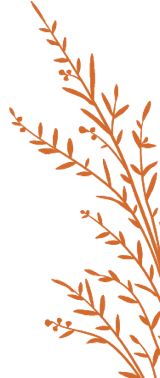Acupuncture & Herbs






CLASSIC CHINESE HERBAL MEDICINE:
Classical Chinese herbal medicine uses the exact same philosophy as Traditional Chinese acupuncture. Formulas, consisting of combinations of herbs, are prescribed to address a main imbalance while supporting the body’s acute symptom issues. Acupuncture treatments are often augmented with herbal formulas that use plants to perpetuate the same approach instituted by the acupuncture. This approach is very different from Western herbs which use individual plants with known medicinal properties to achieve symptom relief. As precursors to modern drugs, these plants can have very good results with less side effects than synthetically isolated ingredients. However, the best results are seen when the herbs are chosen based on their appropriateness to the pattern of imbalance and not just the symptoms or diagnosis. The same can be said for homeopathy, nutritional supplements, or even pharmaceuticals, which can all be prescribed from a Chinese perspective and will be helpful adjuncts only if they match the classic Chinese pattern of imbalance identified in the patient.
TRADITIONAL CHINESE ACUPUNCTURE:
From a modern technical perspective, acupuncture is the use of very fine needles to painlessly and safely trigger a neuro-vascular structure under the skin. The nerve responds by sending local and far reaching messages through the body, and in doing so, generates responses that can affect pain, blood pressure, digestion, or any other function that can be affected by feedback from its associated nerves. Practitioners of “modern” acupuncture use this method in a very limited “Western” way to manage symptoms by using prescribed acupuncture points. Traditional Chinese acupuncture differs greatly by utilizing a history of understanding of how the body functions and how vital life forces, flowing through meridians in a body, effect health. They recognized poor health as the result of a blockage in vital life force which could be resolved by the use of acupuncture points along these meridians to assist normal function and flow. When using Traditional Chinese Medicine, a diagnosis is made from subtle physical surface observations to identify a pattern of disharmony and then that imbalance is what is treated. Often the approaches overlap, but treating an imbalance addresses root issues more appropriately and is typically more effective for long term success.











